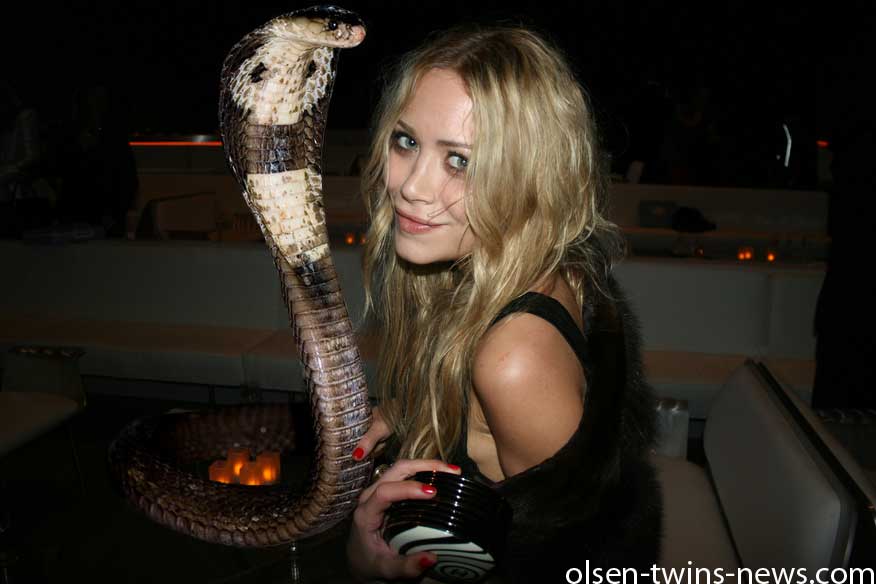The Mongoose
(pl. mongooses) is any member of a family (Herpestidae) of 33[2] species of small carnivorans from southern Eurasia and mainland Africa. Four additional species from Madagascar in the subfamily Galidiinae, which were previously classified in this family, are also referred to as "mongooses" or "mongoose-like". Genetic evidence indicates that the Galidiinae are more closely related to other Madagascar carnivorans in the family Eupleridae, which is the closest living group to the Herpestidae family of mongoose species
The word mongoose is derived from the Marathi name mangushttp://www.blogger.com/img/blank.gif (मंगूस) (pronounced as [məŋɡuːs]), perhaps ultimately from Dravidian (cf. Telugu mungeesa (ముంగిస), Kannada mungisi (ಮುಙಿಸಿ). The form of the English name (since 1698) was altered to its -goose ending by folk-etymology. It has no etymological connection with the word goose. The plural form is mongooses,[3] or, rarely, mongeese.[4] It has also been
spelt mungooseDescriptionMongooses live in southern Asia, Africa, and southern Europhttp://www.blogger.com/img/blank.gife, as well as some Caribbean and Hawaiian islands, where they are an introduced species.
There are more than thirty species, ranging from 1–4 feet (0.30–1.2 m) in length. Mongoose range in weight from the squirrel-sized Common Dwarf Mongoose, at 10 oz (280 g), to the cat-sized White-tailed Mongoose, at 9 lb (4.1 kg).
Some species lead predominantly solitary lives, seeking out food only for themselves, while others travel in groups, sharing food among group membersMongooses have long faces and bodies, small rounded ears, short legs, and long tapering tails. Most are brindled or grizzly; few have strongly marked coats. They have non-retractile claws that are used primarily for digging. Mongooses, much like goats, have narrow, ovular pupils. Most species have a large anal scent gland, used for territorial marking and signaling reproductive status. The dental formula of mongooses is similar to that of viverrids:. Mongooses also have receptors for acetylcholine that, like the receptors in snakes, are shaped so that it is impossible for snake neurotoxin venom to attach to them. Researchers are investigating whether similar mechanisms protect the mongoose from hemotoxic snake venoms.

mongoose pictures world dangerous

mongoose pictures world dangerous

mongoose pictures world dangerous

mongoose

mongoose pictures

mongoose world dangerous

mongoose world dangerous

mongoose world dangerous

mongoose pictures world dangerous

mongoose pictures world dangerous
 naja naja snake
naja naja snake naja naja snake
naja naja snake naja naja snake
naja naja snake naja naja snake
naja naja snake naja naja snake
naja naja snake naja naja snake
naja naja snake naja naja snake
naja naja snake naja naja snake
naja naja snake
 The Red Spitting Cobra (Naja pallida), is a species of spitting cobra native to Africa. This species is one of several spittings cobra in Africa. Spitting cobras do not spit their venom. Instead, they spray their venom to their enemies, and if the venom gets into the eyes, it can cause intense pain and temporary or even permanent blindness.Description
The Red Spitting Cobra (Naja pallida), is a species of spitting cobra native to Africa. This species is one of several spittings cobra in Africa. Spitting cobras do not spit their venom. Instead, they spray their venom to their enemies, and if the venom gets into the eyes, it can cause intense pain and temporary or even permanent blindness.Description red cobra snake
red cobra snake red cobra snake
red cobra snake red cobra snake
red cobra snake
 mongoose pictures world dangerous
mongoose pictures world dangerous mongoose pictures world dangerous
mongoose pictures world dangerous mongoose pictures world dangerous
mongoose pictures world dangerous mongoose
mongoose mongoose pictures
mongoose pictures mongoose world dangerous
mongoose world dangerous mongoose world dangerous
mongoose world dangerous mongoose world dangerous
mongoose world dangerous mongoose pictures world dangerous
mongoose pictures world dangerous mongoose pictures world dangerous
mongoose pictures world dangerous